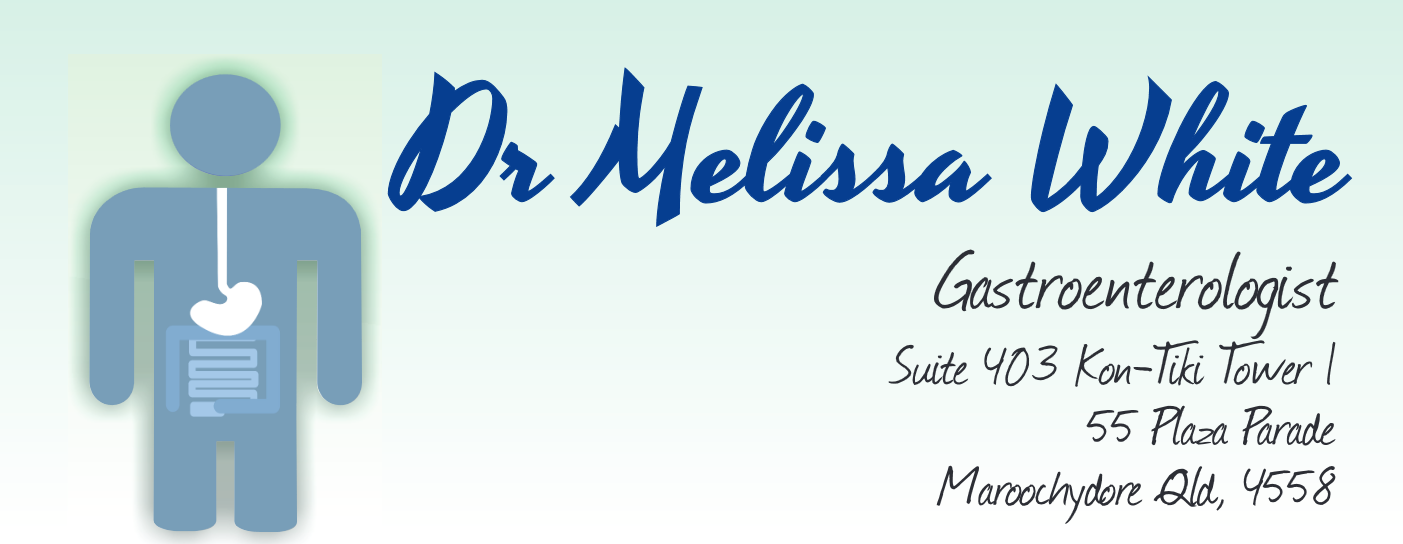Diverticular Disease
Diverticular Disease of the colon is very common. It is more commonly found in western cultures, particularly older people because diverticulosis actually increases with age. It is virtually unknown in communities where the diet is very high in dietary fibre. Diverticular Disease looks like pockets in the bowel lining that make it more difficult for waste to pass through the bowel. They can also trap waste material, becoming inflamed.
Many people can have Diverticular Disease without realising it because they may not have any symptoms. Some of the more noticeable symptoms include:
Abdominal pain
Variable bowel habits
Gas
Bloating
Urgency of defaecation
Abdominal pain is usually in the lower abdomen, more frequently on the left side and can be worse in the morning being relieved by passing wind or defaecating. Diverticular Disease can also co-exist with Irritable Bowel Syndrome and therefore the symptoms for both may be similar. These symptoms can also be similar to those of diseases such as Bowel Cancer or Colitis. To exclude these other conditions and correctly diagnose Diverticular Disease, investigations such as a colonoscopy will need to be performed.
A good healthy diet is essential in managing Diverticular Disease. You should follow a high fibre diet and use bulking agents made from natural plant products such as Metamucil or Benefibre. You should also drink lots of water and do regular exercise. By eating more dietary fibre, you may find constipation and abdominal pain improve, but initially you may have more bloating. Unprocessed bran is usually the cause of this, especially if it has been finely milled to produce small flakes. Eating this type of bran can often cause more problems than it usually fixes. Some windy foods that cause problems for people include dairy products, cabbage, Brussels sprouts, cauliflower, broccoli, canned beans, onions, legumes and artificial sweeteners. What you should eat:
MOST – Fruit, vegetables, breads and cereals
MODERATE – Lean meat, chicken, fish, milk, cheese, yoghurt and eggs
LEAST – Fats, salt and sugar
High fibre foods include: whole meal bread, wholegrain cereals, legumes (dried beans, peas and lentils), fruits (but not juices) and vegetables (cooked vegetables often have more fibre than salads).
All text herein is the intellectual property of Dr Melissa White. Updated June 2014
